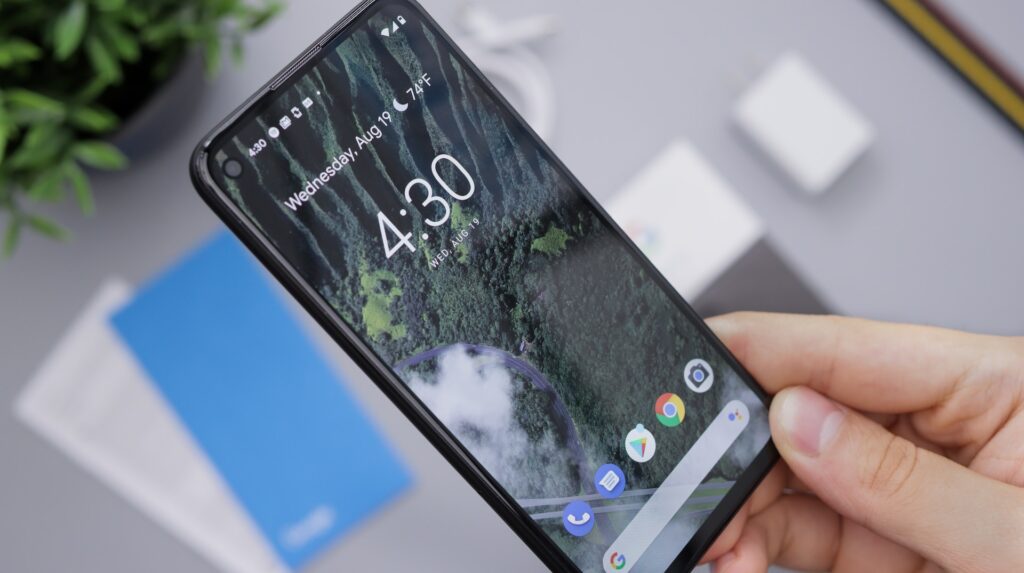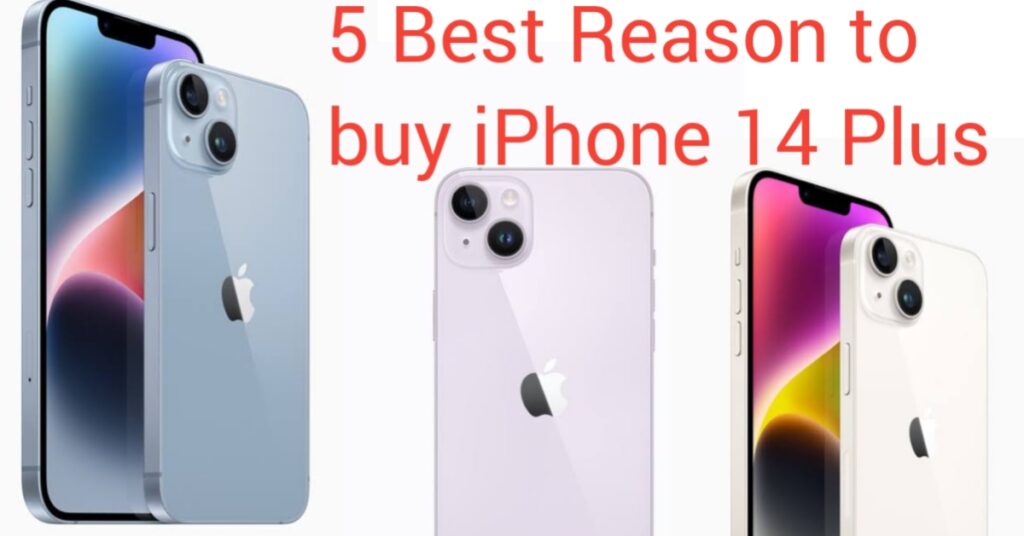In today’s fast-paced digital world, smartphones have become an integral part of our lives. These versatile devices not only help us stay connected with others but also serve as our personal assistants, entertainment hubs, and productivity tools. With so many options available in the market, choosing the perfect smartphone that meets your needs can be a daunting task. This article aims to provide you with a comprehensive guide on how to choose the perfect smartphone that aligns with your requirements and preferences.
- 1. Introduction
- 2. Assessing Your Needs
- 3. Operating System (OS) Considerations
- 4. Display and Size
- 5. Performance and Processing Power
- 6. Camera Quality
- 7. Battery Life and Charging Options
- 8. Storage Capacity
- 9. Connectivity Options
- 10. Design and Build Quality
- 11. User Interface (UI) and Customization
- 12. Pricing and Budget
- 13. Customer Reviews and Ratings
- 14. Comparing Different Smartphone Models
- 15. Conclusion
- FAQs
1. Introduction
Choosing the perfect smartphone can greatly enhance your daily life, making tasks easier and keeping you connected with the world. By considering various factors such as your usage patterns, preferred operating system, display size, camera quality, and budget, you can make an informed decision and select a smartphone that suits your needs perfectly.
2. Assessing Your Needs
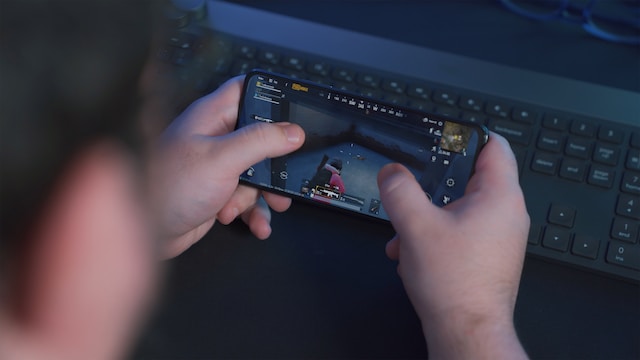
Determining Your Usage Patterns
Before diving into the world of smartphones, it’s essential to evaluate your usage patterns. Ask yourself questions like:
– How often do I use my phone?
– What activities do I primarily engage in?
– Do I use my phone for work, entertainment, or both?
Understanding your usage patterns will help you identify the key features you need in a smartphone.
Identifying Must-Have Features
Make a list of must-have features that you consider essential for your smartphone. These features can include:
– High-resolution camera
– Long-lasting battery life
– Ample storage capacity
– Water and dust resistance
– Biometric security (fingerprint or face recognition)
– Expandable storage option
Having a clear list of must-have features will narrow down your choices and simplify the selection process.
3. Operating System (OS) Considerations
The operating system is the software platform that governs how your smartphone functions. The two most popular operating systems are Android and iOS. Consider the following factors when choosing an operating system:
Android
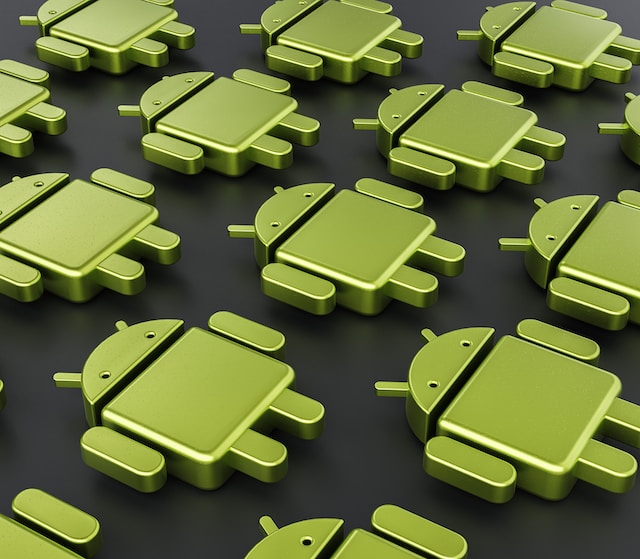
Android is an open-source operating system developed by Google. It offers a wide range of smartphone options from various manufacturers. Android provides greater customization options, access to the Google Play Store, and seamless integration with other Google services. If you prefer flexibility and a vast selection of devices, Android might be the right choice for you.
iOS

iOS is the operating system developed by Apple exclusively for iPhones. It offers a seamless user experience, optimized performance, and a tightly integrated ecosystem of Apple products and services. If you value simplicity, security, and a curated app store, iOS might be the perfect fit.
4. Display and Size
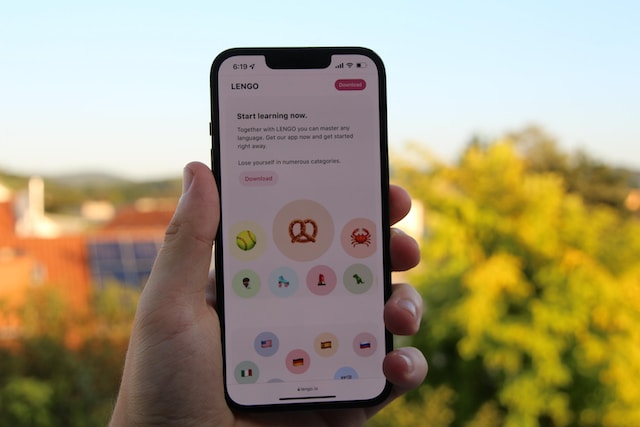
The display is one of the most crucial aspects of a smartphone. Consider the following factors when assessing the display and size:
– Display Size: Determine your preference for a compact device or a larger screen for multimedia consumption and productivity.
– Resolution: Look for smartphones with high-resolution displays for sharp and vibrant visuals.
– Display Technology:
Choose between LCD, OLED, or AMOLED displays based on your preferences for color accuracy, contrast levels, and battery efficiency.
– Screen Protection: Opt for smartphones with durable glass or reinforced screens to prevent scratches and accidental damage.
5. Performance and Processing Power

Smooth performance and processing power are essential for a seamless smartphone experience. Consider the following aspects:
– Processor: Look for devices with the latest processors to ensure fast and efficient performance.
– RAM: Higher RAM capacity allows for smoother multitasking and faster app loading times.
– Graphics Processing Unit (GPU): A powerful GPU enhances gaming and graphics-intensive tasks.
– Software Optimization: Manufacturers with a track record of optimizing their software can offer better overall performance.
6. Camera Quality

The camera has become a significant deciding factor for smartphone buyers. Consider the following camera features:
– Megapixels: Higher megapixel counts allow for detailed photos.
– Aperture Size: Wider apertures capture more light and perform better in low-light conditions.
– Optical Image Stabilization (OIS): OIS reduces blur and improves image stability.
– Additional Camera Features: Look for features like optical zoom, portrait mode, and night mode for enhanced photography capabilities.
7. Battery Life and Charging Options
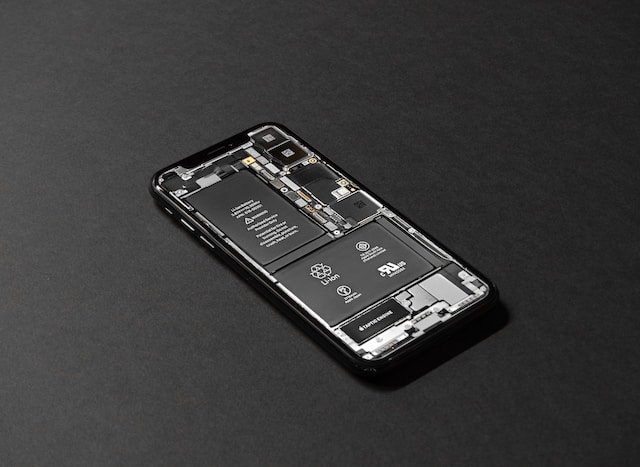
Battery life is crucial, especially for individuals who rely heavily on their smartphones throughout the day. Consider the following factors:
– Battery Capacity: Look for devices with larger battery capacities for extended usage.
– Fast Charging: Devices that support fast charging can quickly replenish the battery.
– Wireless Charging: Wireless charging eliminates the hassle of cables and provides convenience.
8. Storage Capacity

Evaluate your storage needs based on the data you regularly store on your smartphone. Consider the following options:
– Internal Storage: Higher internal storage capacity allows for more apps, photos, and videos.
– Expandable Storage: Devices with expandable storage slots can accommodate additional memory cards.
9. Connectivity Options
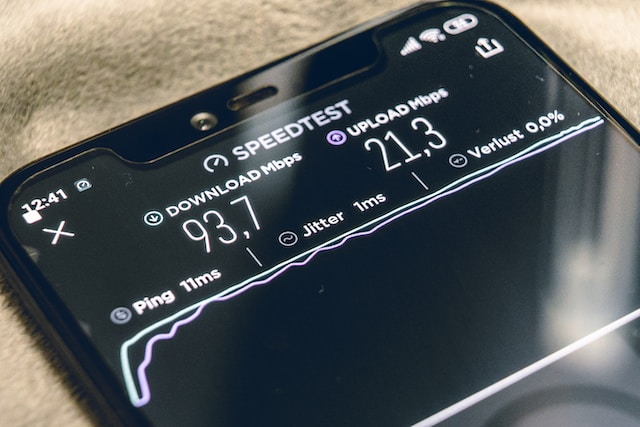
Consider the connectivity options that align with your requirements:
– Cellular Connectivity: Check for compatibility with your preferred cellular network standards (e.g., 4G, 5G).
– Wi-Fi: Ensure the smartphone supports the latest Wi-Fi standards for faster internet connectivity.
– Bluetooth: Look for the latest Bluetooth version to ensure compatibility with various accessories.
10. Design and Build Quality

Design and build quality play a significant role in the overall aesthetics and durability of a smartphone. Consider the following factors:
– Materials: Premium materials like glass and metal offer a more premium look and feel.
– Ergonomics: Consider factors like weight, thickness, and button placement for comfortable handling.
– Water and Dust Resistance: Look for devices with IP67 or IP68 ratings for added protection.
11. User Interface (UI) and Customization
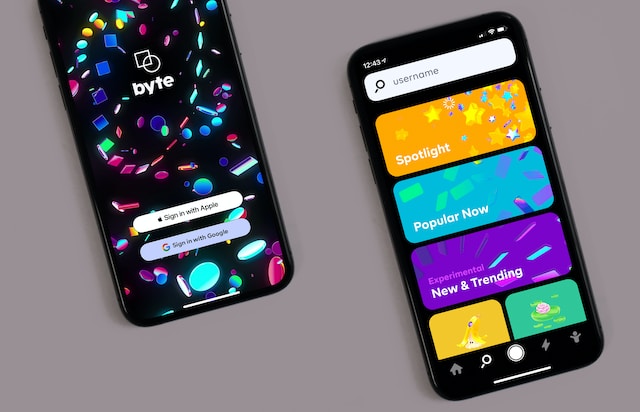
Consider the user interface and customization options provided by the smartphone:
– Stock Android vs. Custom Skins: Decide whether you prefer the stock Android experience or manufacturer-specific UI skins.
– Customization Options: Look for features like app icon customization, theming, and gesture controls.
12. Pricing and Budget

Set a budget range that suits your financial constraints and prioritize features accordingly. Compare prices across different brands and models to find the best value for your money.
13. Customer Reviews and Ratings

Research customer reviews and ratings to gain insights into the real-world experiences of users. Websites and forums dedicated to smartphone reviews can provide valuable information and help you make an informed decision.
14. Comparing Different Smartphone Models
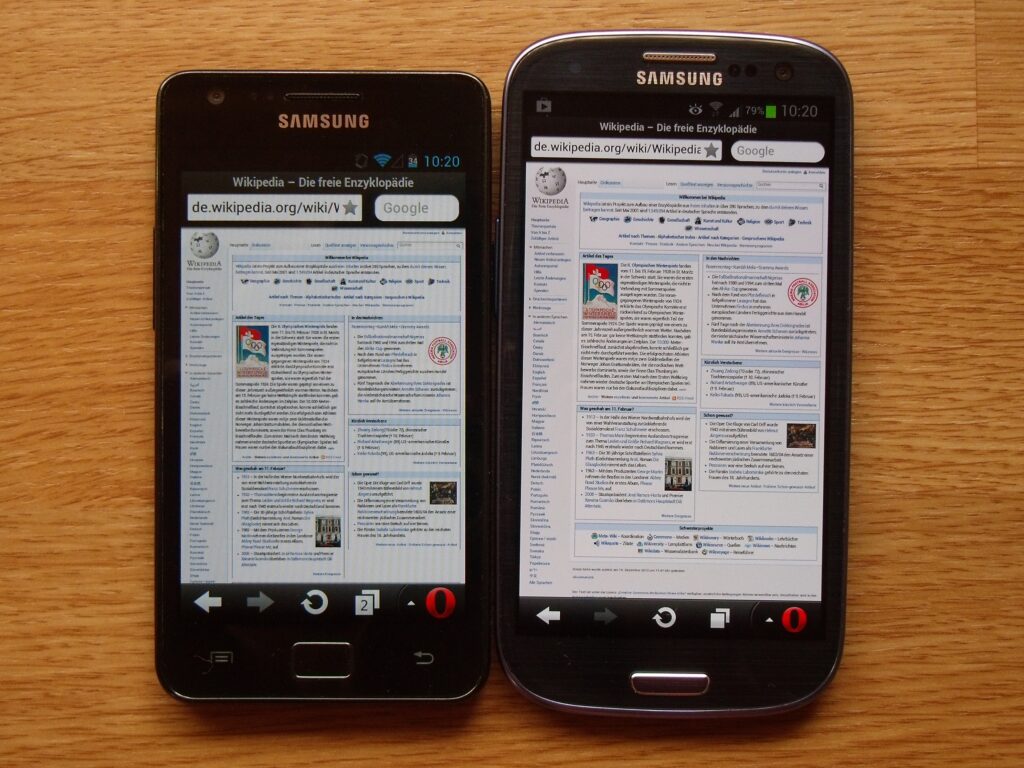
Compare different smartphone models based on the factors mentioned above. Create a shortlist of devices that meet your requirements and thoroughly evaluate their specifications, features, and pricing before making a final decision.
15. Conclusion
Choosing the perfect smartphone requires careful consideration of your needs, preferences, and budget, by assessing your usage patterns, evaluating features like operating systems, display, performance, camera quality, and considering factors like battery life, storage capacity, connectivity, and design, you can select a smartphone that perfectly aligns with your requirements. Remember to conduct thorough research, read customer reviews, and compare different models before making your final purchase decision.
FAQs
1. How do I determine my usage patterns when choosing a smartphone?
Understanding your daily activities and considering whether you use your phone for work, entertainment, or both can help determine your usage patterns.
2. Which operating system should I choose, Android or iOS?
Android offers greater customization options and a wider range of device choices, while iOS provides a seamless user experience and integration with other Apple products and services. Choose based on your preferences and needs.
3. What factors should I consider when assessing the display and size of a smartphone?
Consider factors such as display size, resolution, display technology, and screen protection when evaluating the display and size of a smartphone.
4. How important is battery life when choosing a smartphone?
Battery life is crucial, especially if you rely heavily on your smartphone throughout the day. Look for devices with larger battery capacities and fast charging capabilities.
5. Why should I read customer reviews and ratings before purchasing a smartphone?
Customer reviews and ratings provide valuable insights into real-world user experiences with different smartphone models, helping you make an informed decision based on others’ feedback.

